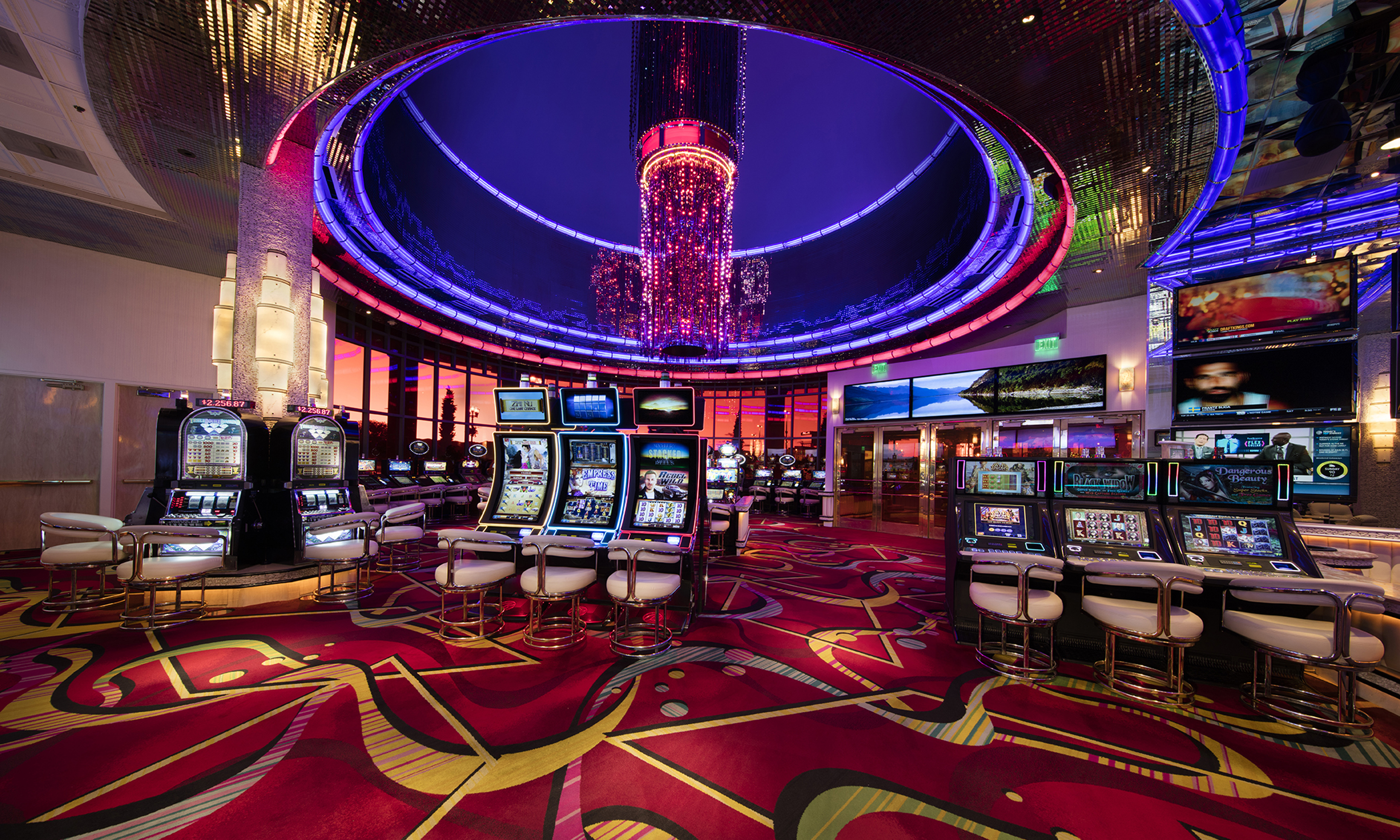
The realm of gambling games has long fascinated players with its combination of excitement, tactics, and the excitement of luck. As tech advancements advances and the gambling landscape changes, an innovative approach known as game mechanics has commenced to redefine the way we engage with these classic activities. By incorporating gaming elements such as tasks, rewards, and progress tracking, this approach improves player involvement and changes the classic casino environment into a much dynamic and immersive space.
Gamification in casino games not only attracts to seasoned players but also attracts a fresh group of players who crave a more engaging adventure. Featuring elements that encourage participation and build community among participants, the gamified features breathe fresh energy into beloved favorites like casino poker, blackjack, and fruit machines. As we dig further into this trend, we will explore how this trend is transforming the casino atmosphere, making it far accessible, enjoyable, and rewarding for all involved.
Understanding Game Elements
Gamification refers to the application of gaming elements in non-game environments to enhance user involvement and interaction. In the domain of casino games, this concept has achieved considerable traction, transforming traditional gaming into a more dynamic and satisfying adventure. By integrating features such as tokens, levels, and benefits, casinos can build an environment that motivates players to participate more often and for extended periods.
At the core of this concept is the want to tap into the internal motivations of players. Gaming experiences that utilize gamification methods are crafted to not only amuse but also to promote competition and success. Players are often compelled to the prompt responses and advancement monitoring that these elements provide. This not only maintains them engaged but also nurtures a sense of accomplishment as they achieve milestones and reveal additional features.
Moreover, gamification can enhance community interaction among players, fostering a social atmosphere that improves the enjoyment of gaming experiences. Features such as leaderboards, group contests, and collaborative tasks allow players to link with fellow players, share experiences, and compete in a friendly manner. This social aspect adds an extra facet to the experience, making it even more immersive and satisfying for gamers.
Influence on Player Involvement
Game design methods in gaming establishments have greatly altered the way users interact with their favorite activities. By including aspects such as rewards, scoreboards, and trophies, gambling establishments create an environment that encourages a deeper relationship between gamers and the experiences they prefer. This increased engagement results to prolonged gaming periods and heightened player dedication, as users endeavor to reach new levels or claim exclusive bonuses.
Moreover, the communal feature of gamified casino games cannot be overlooked. Many sites allow gamers to battle against others or other gamers, which brings a dimension of anticipation and friendship. This rivalry drives engagement by tapping into gamers’ desire to win, encouraging them to revisit for extra in order to raise their ranking or display their achievements. As a result, the community engagement foster a sense of togetherness that keeps gamers to play again.
Additionally, the prompt feedback and validation provided by gamification serve to inspire users. Whether it be a message of a new achievement or the excitement of earning a bonus, these instant gratifications play a vital role in maintaining interest. By regularly rewarding users for their efforts, casino games become more than just a leisure activity; they transform into an engaging activity that holds gamers and improves their pleasure. Ga179
Trends in Casino Game Design
The landscape of casino game design is regularly evolving, driven by tech innovations and changing player preferences. One significant trend is the integration of interactive technologies, such as VR reality and augmented reality, to enhance the gaming experience. Such technologies create a more captivating environment, allowing players to feel as though they are in a real casino, which can lead to prolonged play sessions and increased player satisfaction.
A further trend is the inclusion of storytelling elements into casino games. Game designers are concentrating on storytelling to create a deeper connection between the player and the game. This story-centric approach not only makes the games more enjoyable but also motivates players to engage emotionally, which can enhance their overall experience. By combining traditional gaming mechanics with engaging stories, developers are drawing in a wider audience who may not have previously engaged with casino games.
Lastly, the rise of multiplayer features is reshaping how players interact with casino games. Many games now incorporate social elements, such as sharing achievements or competing with friends, to promote community and engagement. This trend reflects a move towards a more participatory experience, where players can connect with others, sharing their excitement and challenges. As casinos adapt to these social dynamics, the act of gaming becomes not just about solo play, but also about fostering connections among players.